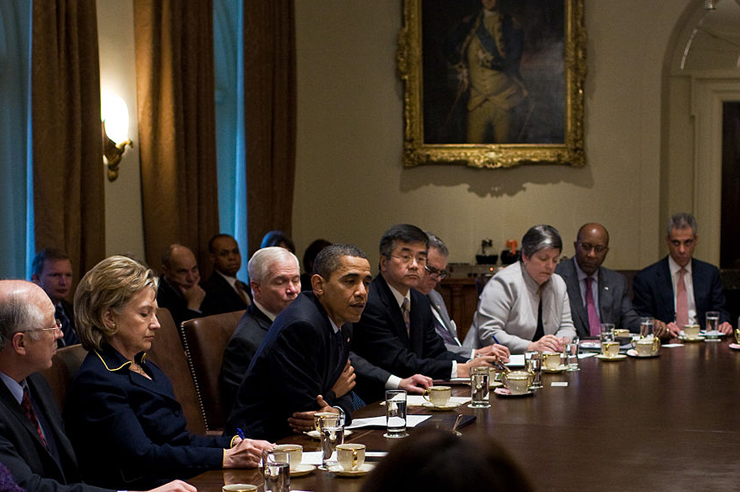How the White House botched its response to the Honduran coup.
Published in Foreign Policy In Focus.
The June 28 coup in Honduras against democratically elected President Manuel Zelaya presented a crisis that would color the Obama administration’s foreign policy outlook for all of the Americas—and would ultimately become one of the administration’s most disappointing foreign policy failures of its first year.
Early on, the White House was earning about a “B-” for its response to the coup. It generally did the right thing, but it seemed to do so reluctantly and without conviction. One day after Zelaya’s ouster, Secretary of State Hillary Clinton announced that Zelaya’s removal “should be condemned by all.” The following day, President Obama declared, “We believe that the coup was not legal and that President Zelaya remains the president of Honduras.”
In spite of these statements, the administration avoided formally categorizing Zelaya’s removal as a “military coup,” a classification which would have required the U.S. government to follow diplomatic protocols mandating swift aid cuts and other forms of censure. Eventually, in September, the United States did revoke the visas for the Honduran coup president, its foreign minister, and 14 of its Supreme Court judges, and it suspended $30 million in aid. However, this represented only a fraction of total U.S. aid to Honduras. Larger streams of money continued to flow through channels including the Millennium Challenge Corporation, ostensibly on the grounds that such aid served an important humanitarian function.
For much of the early period after the coup, President Obama expressed the view that the United States should take a light hand if possible in internal Latin American affairs and that the situation in Honduras should be primarily resolved through diplomatic efforts within the region. This nod toward non-interventionism would ordinarily have considerable merit. But amid the White House’s other half-hearted measures—and with Republican lawmakers such as South Carolina Senator Jim DeMint praising coup leaders and arguing that Honduran government institutions performed “as our own Founding Fathers would have hoped” in “cleansing [itself] of usurpers”—the coup government was allowed to interpret the lack of a stronger official response as a sign of tacit sympathy from Washington.
All this was problematic but not disastrous. The Obama administration’s true failure was that it bombed the final exam: the way it handled the scheduled November 29 presidential elections. Shortly after brokering a deal designed to pressure the Honduran Congress to reinstate Zelaya and allow him to serve the end of his term, Assistant Secretary of State Thomas Shannon reversed himself and declared that the United States would recognize the elections even if Zelaya remained out of office. And that is exactly what happened.
We are now left with a new government tarnished by the legacy of the coup and elected amid massive protest and popular abstention. Pro-coup forces continue to perpetuate frightening human rights abuses, including the repression of critical journalists and the abduction of prominent pro-democracy activists. Yet the Obama administration has articulated no plan for exerting its considerable leverage to promote the return of legitimate democracy.
So why not give Obama an “F”? Some progressives, disgusted by the White House response, may be tempted to contend that it reflects a Latin American foreign policy that is even worse than that of President George W. Bush’s. This would be an error. The stances of Bush appointees such as former Assistant Secretary of State for Western Hemisphere Affairs Otto Reich—who lauded the coup as a necessary measure against the “expansion of Chavist authoritarianism”—shows that the position of the last administration would likely have been far worse than that of the present one. But the prospect that things could be even grimmer than they are now does not mean that the White House deserves passing marks for its efforts.
__________
Research assistance for this article provided by Arthur Phillips. Photo credit: Peter Souza / White House.
